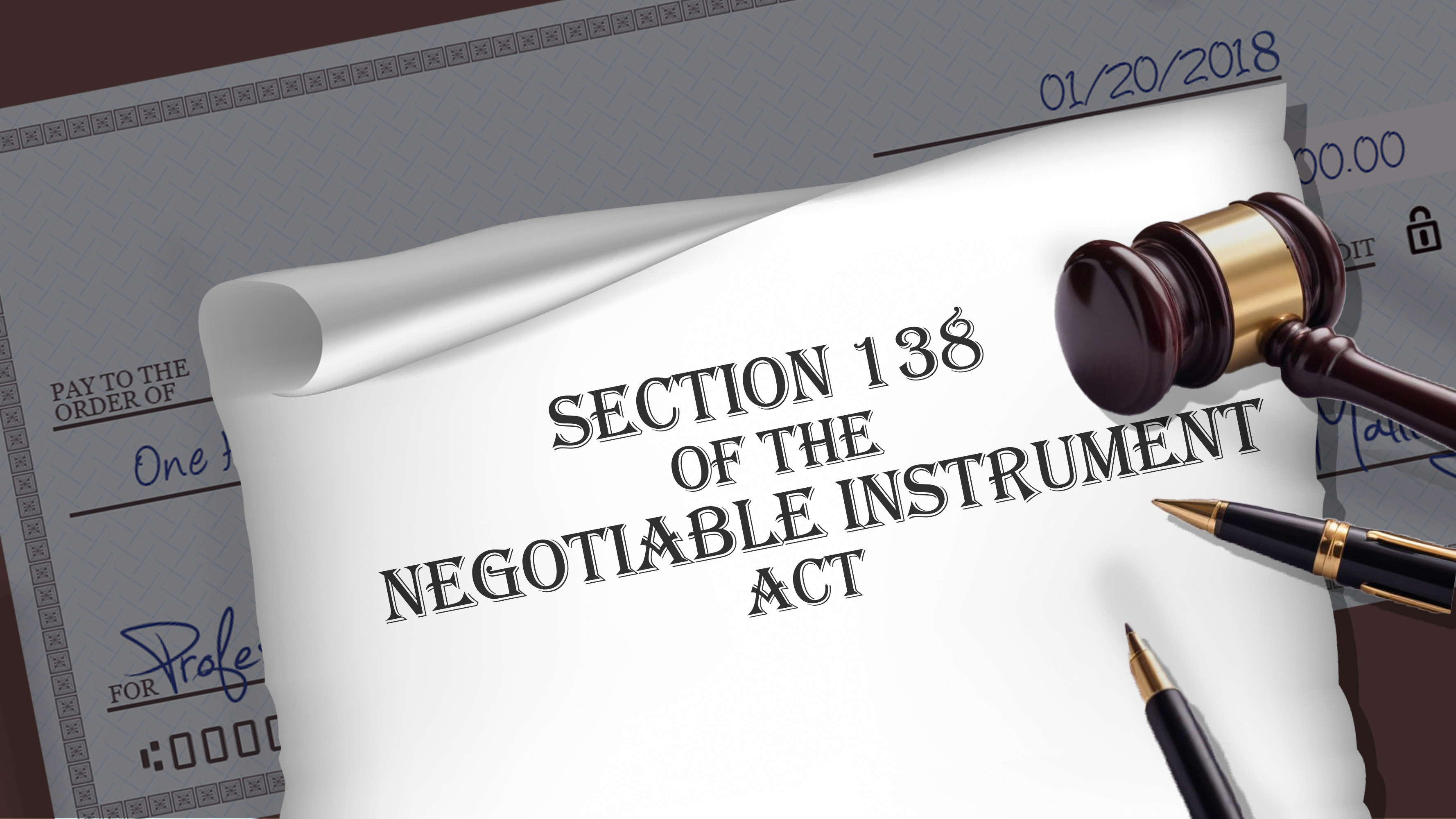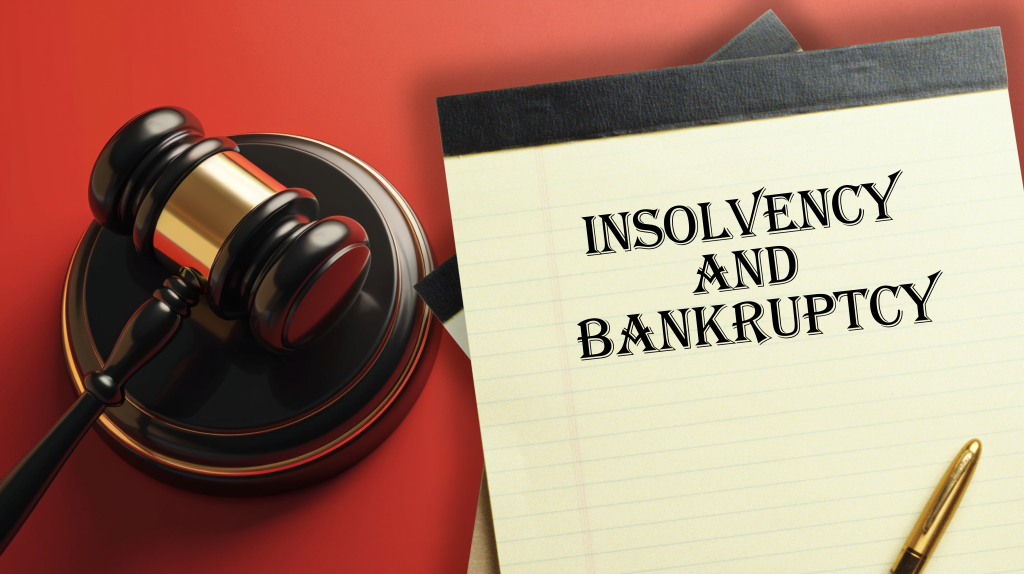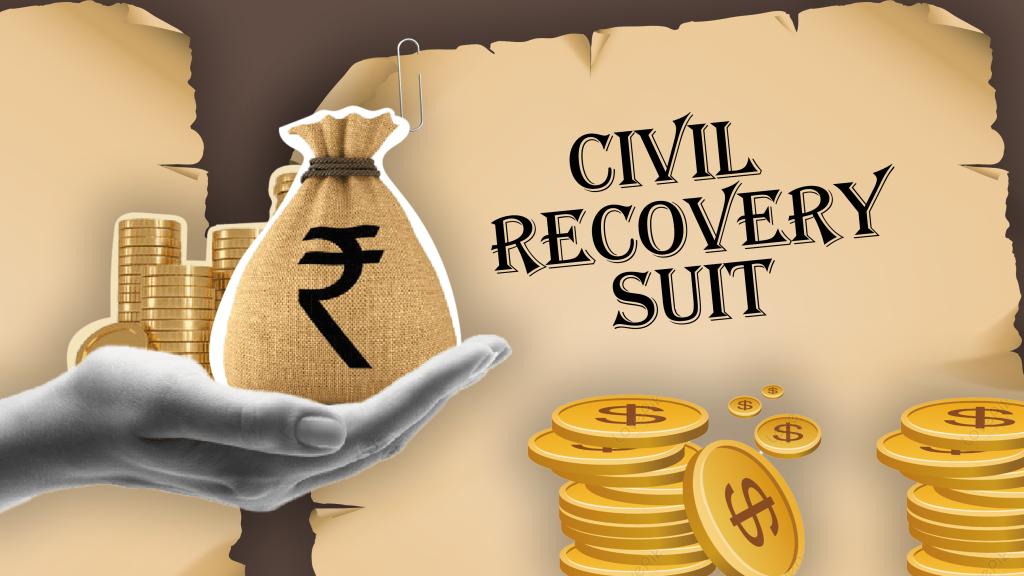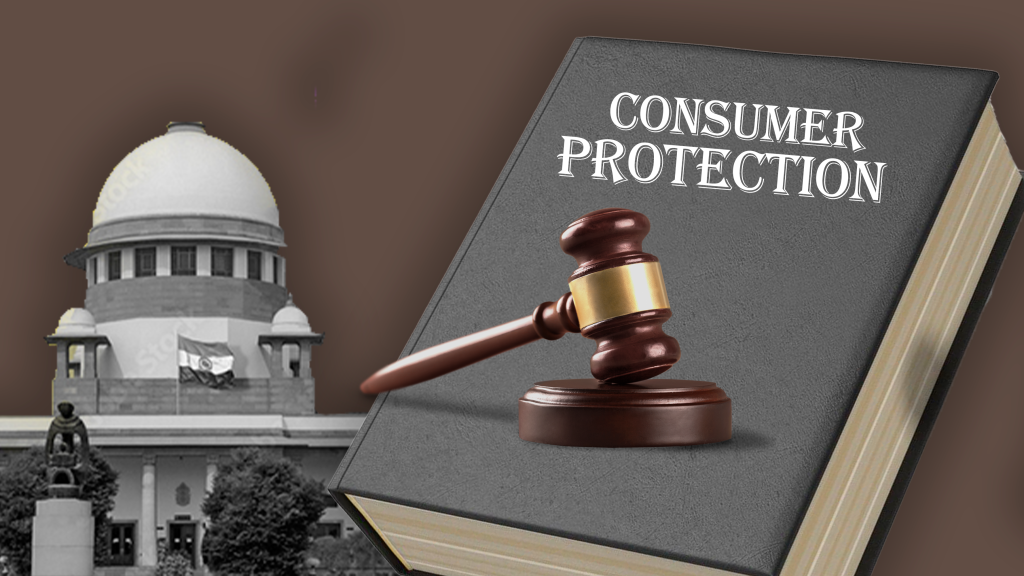The Backbone of Business Transactions
Imagine this: You provide a service, and your client issues a cheque to pay you. But when you deposit it, it bounces! It’s a frustrating situation, and unfortunately, quite common in India.
The Negotiable Instruments Act, 1881, steps in here as a knight in shining armor. Section 138 of this Act is your weapon against cheque bounces, protecting almost 18.5 crore (as per a 2021 RBI report) cheque transactions happening annually in India!
Understanding Section 138: Decoding the Legalese
Section 138 gets technical, but fret not! Let’s break it down. It basically says that if a cheque you receive (the payee) bounces due to insufficient funds or other reasons, and the issuer (the drawer) doesn’t repay you within 15 days of notice, they can be held criminally liable. We’ll explore the legalese along with key terms like “cheque,” “drawer,” and “dishonour” in this section.
When Can You Use Section 138? Not Every Bounce Counts!
Not all bounced cheques fall under Section 138. Here’s what you need to know:
- The cheque must be issued for a legitimate debt, like a service you provided.
- You must present the cheque within its validity period (usually 3 months).
- The bounce has to be due to insufficient funds or other bank-related issues.
- You must send a legal notice to the drawer, and if they don’t repay within 15 days, then Section 138 applies.
How to Get Your Money and Justice
If your cheque bounces and the drawer fails to comply with the notice, here’s what to do:
- File a complaint with the Magistrate within 30 days of the 15-day notice period.
We’ll discuss the court process and where to file the complaint in detail. Remember, time is of the essence! - The Drawer’s Side of the Story: What are Their Defenses?
The drawer (the person who issued the cheque) isn’t entirely helpless. They can defend themselves by proving:
- There was no genuine debt owed in the first place.
- There were issues with the notice you sent, or you didn’t follow the proper procedure.
- They have past court judgments supporting their case.
We’ll delve into these defences and relevant case laws to understand how the drawer can fight back.
Stay tuned for the next sections, where we’ll cover penalties for cheque bounce, recent legal developments, and how cheque bounce laws compare to other countries. We’ll also explore preventive measures to avoid cheque bounces and the future of cheque transactions in a digital world!




